A Comprehensive Analysis and Comparison
of the Major Theoretical Models of the
Twentieth Century
| Overview: The project explores the practical aspects of modern mathematical music theory. After a brief discussion on the natural and cultural controversies between mathematics and music, and the underlying philosophy behind the scientific models that are used in the field of music theory, an historical overview will follow, giving an overall picture for chronological timeline of mathematics and music connections. Three major movements in today’s mathematical music theory arena, namely the Lewin School, the Mazzola School, and the Buffalo School are studied in depth. The methodology, results and comparisons of these schools are presented along with analytical examples. |
For more information, download the preview.
Level: Upper-Advanced Music Theory
Format: E-Book (PDF), 197 pages.
License Information: Copyright © 2005 Los Angeles Guitar Academy Publishing. All rights reserved.
Email List: Sign up here for updates on new releases.

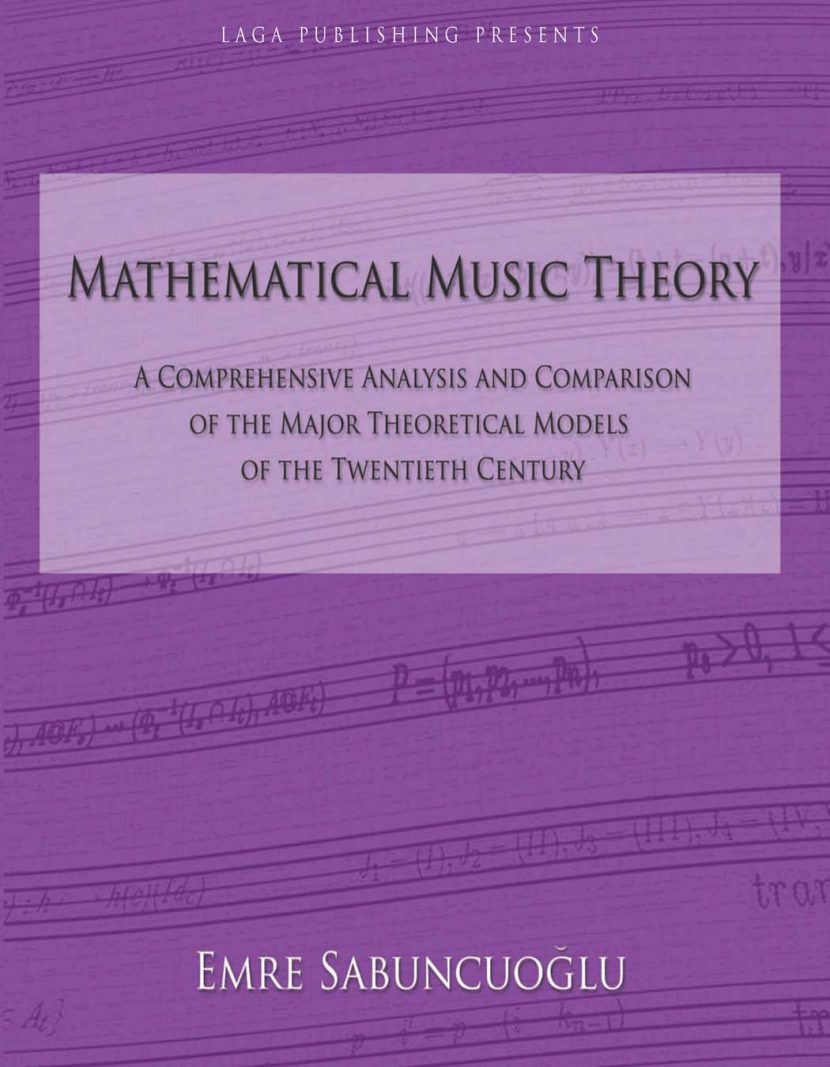

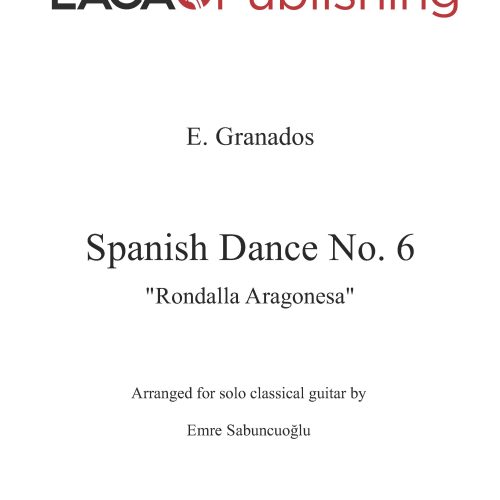
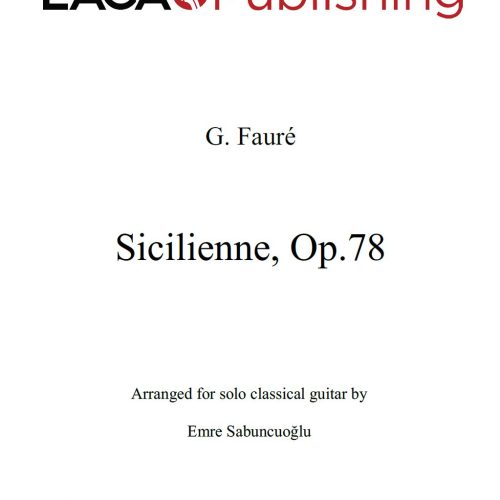
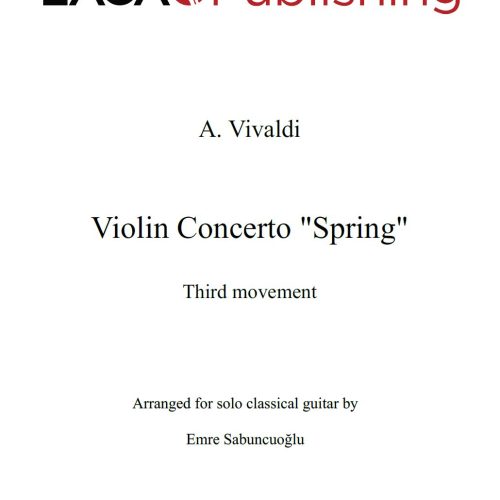
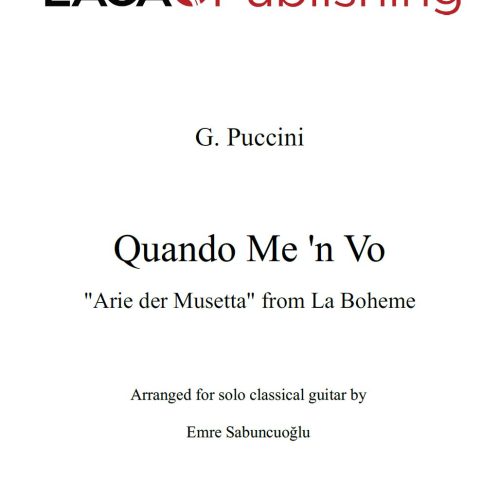
Milan –
I play the guitar, but it was not reason why I bought this book. I am involved in project about fabric of universe and I found good material there.
Yan Lee –
To my chagrin, many of the concepts went over my head. I don’t have a graduate degree in mathematics and the book did include some heavy math. BUT it was an interesting read nonetheless. The timeline – in particular – provided a fascinating historical perspective.
Towards the end, there was a very detailed analysis of Babbit and Webern. Given my distaste for atonal music, in general, I thought it would have been a boring read. The graphics drew me in though. And the text provided some insight to those modern composers who use complex math to produce music. It gave me a new lens from which to appreciate and understand that form or music.
Ken –
I’m amazed Joseph Schillinger was not mentioned as far as I know.
Gershwin studied his mathematical approach to composition.
Wrote Porgy and Bess using Schillinger’s techniques.
Although the family won’t admit it.
Berkeley School of music in Boston arose out of Schillinger’s work.
He was the first to have a complete theory of rhythm.
I didn’t read the book but the fact Schillinger was left out is a big fail for me.
But I didn’t know who Eiden Essen was until recently. Great Turkish pianist.
A big world out there. I’d love to read the book but I’m afraid it’s too expensive for me
and probably over my head.